
We know Ethel May Snow (née Lynn) (1900-1965) of Glen Innes in northern NSW, preferred to be called May because, in her portrait, she wears a brooch with that name at her throat. In the studio photograph, May is impeccably dressed in the idealised fashion of the 1910s. It was a style that would soon […]
Read More…
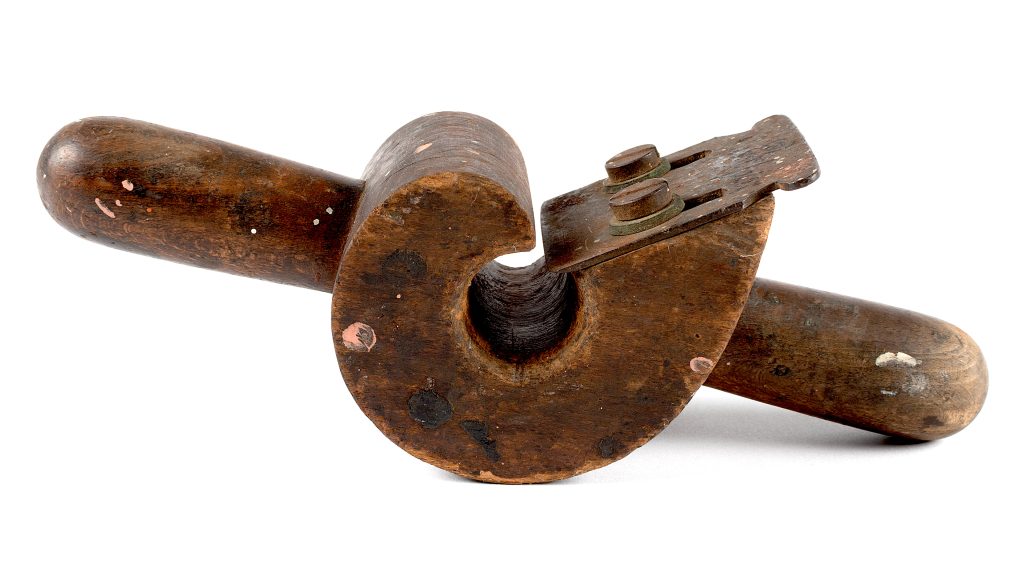
Established in Glen Innes in 1886, Kwong Sing & Co was more than a store — it was a sensory experience. Visitors were met with the clatter of horse-drawn carts, the aroma of sawdust on wooden floors, the soft chime of tonic bottles and coins against shop counters. The emporium supplied everything from medicines and […]
Read More…
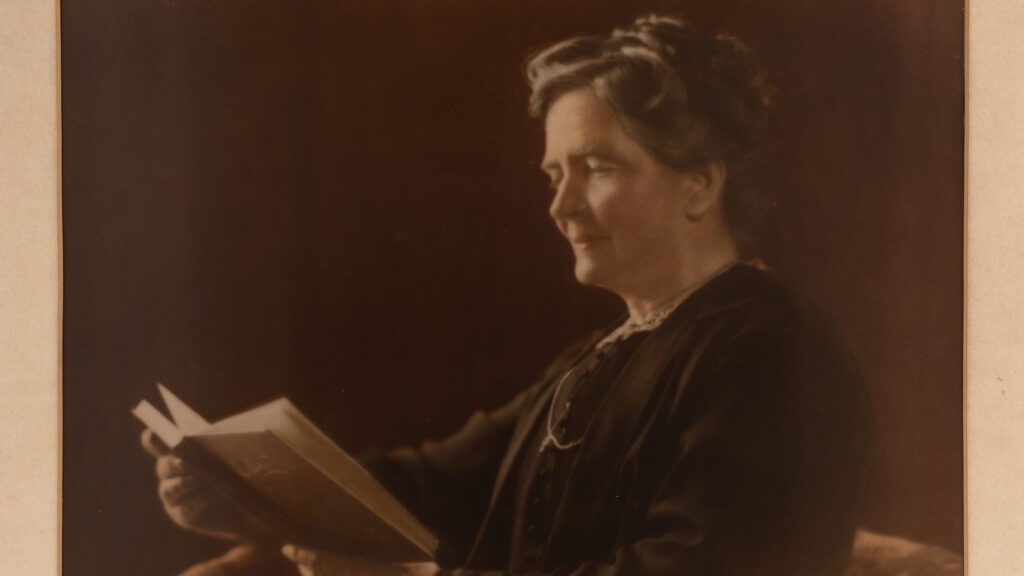
There are ‘few better loved women’ in Glen Innes, northern NSW, than Miss Kate McCann. As the longest-serving teacher at Glencoe Public School just south of Glen Innes, McCann (also known as Biddy) had a ‘kindly heart’ and ‘sterling character.’ McCann was born in Ireland in 1865 and emigrated to Australia with her family. At […]
Read More…

Lucky number 160? The Glen Innes Salvation Army Corps may think so! In 1887, they became the 160th Salvation Army corps to be established in Australia. The corps (church) was opened by first officer Captain Ernest Booth, who some believe was a relative of the founder of the Salvation Army in London, General William Booth. […]
Read More…
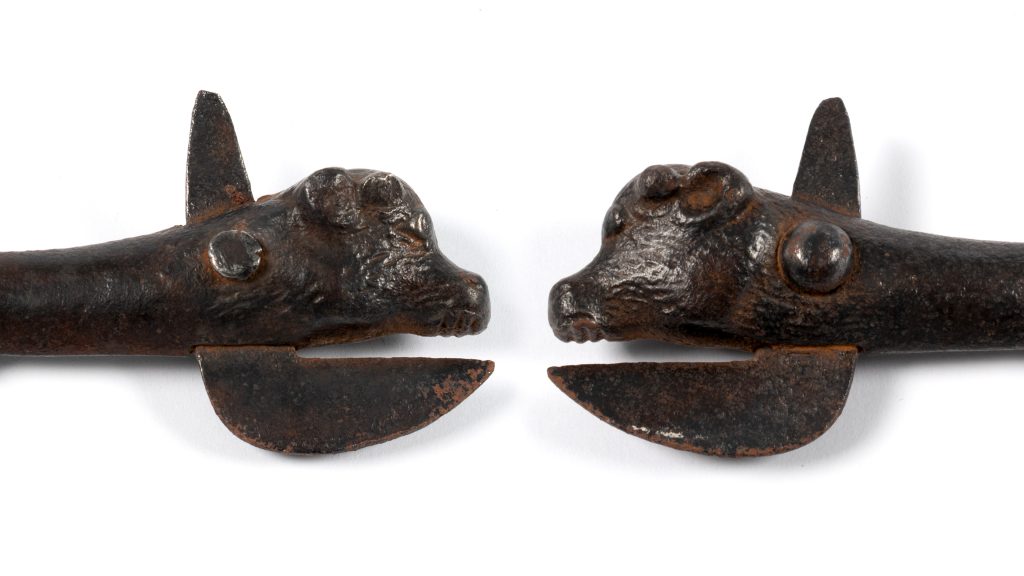
When food was first canned in the early 1800s, manufacturers spent a long time working out how to preserve the contents while giving little thought to how one might get to the goods inside. Early cans were thick and heavy, sometimes weighing more than their contents. Made from wrought iron and lined with tin, the […]
Read More…
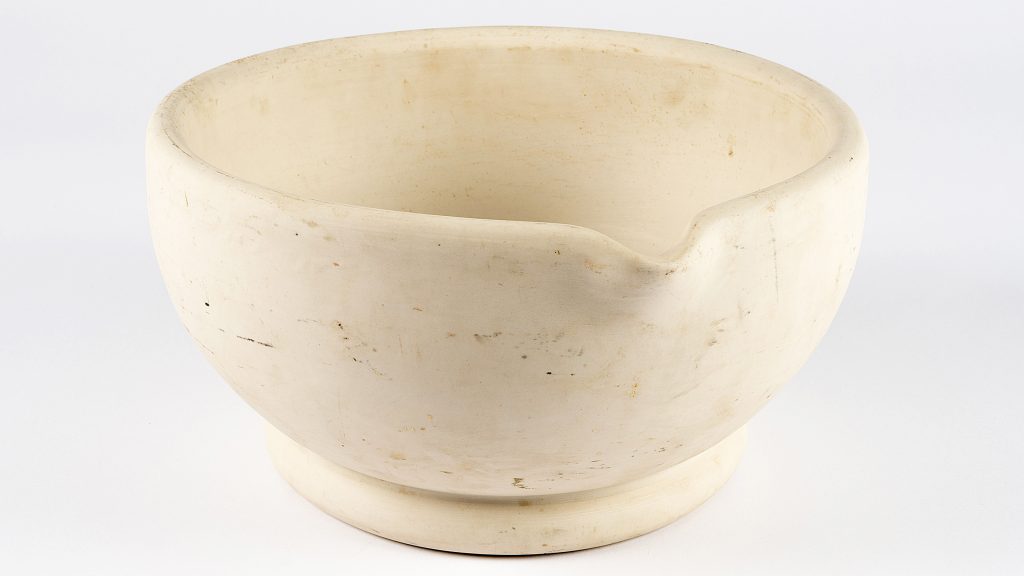
Where do you expect to find a mortar and pestle? Most people would immediately recall the grinding up of fragrant spices in a familiar kitchen. However, for pharmacist John Tregurtha (d. 2009), he likely thought of hours spent grinding fine powders to make medications for his community. John began working as a pharmacist at Emmaville […]
Read More…
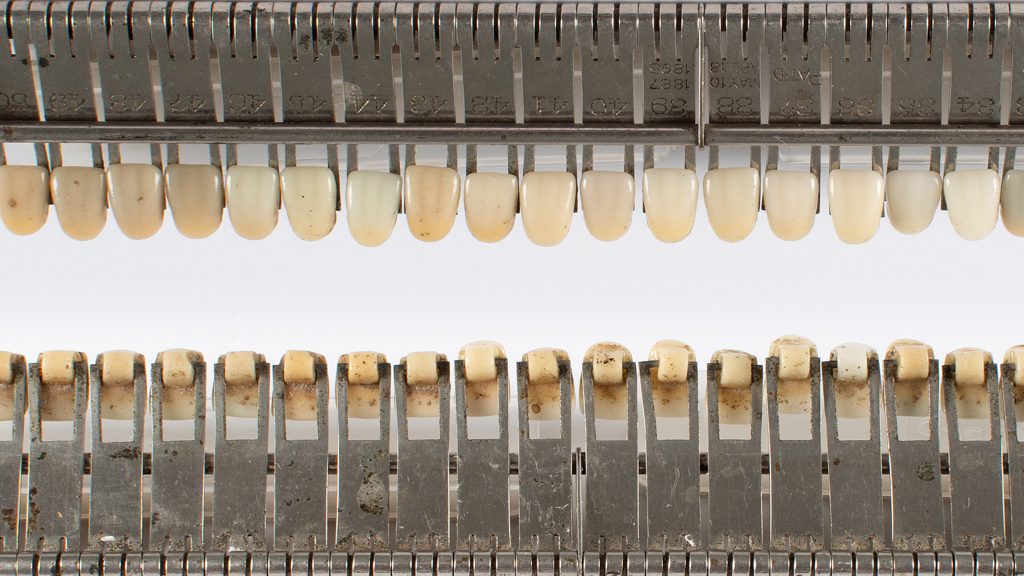
Growing up, it might have seemed unlikely that Loo Loo Ruth Amesbury (1885-1961) could truly follow in her father’s footsteps. After all, Edward Percy Amesbury (1842-1912) was the local dentist in the town of Glen Innes, on Ngoorabul country, and becoming an apprentice dentist was not what most would consider ‘women’s work’ at the time. […]
Read More…

It’s hard to imagine that we once relied on horses and bullocks to take bulky produce to market, move heavy loads, and travel long distances. Back then, saddlers were essential because they made and repaired harnesses and leatherwork. In the 1870s, John Priest (born c. 1851) was one of the first saddlers to open in […]
Read More…

Hiding a fascinating story behind its deceptively simple appearance, this wooden shuttle was used during the Pacific War (1944 – 1945) to weave green camouflage netting, intended to be used by soldiers stationed in the Pacific. World War II placed an unprecedented demand on Australian communities. As men answered the call to fight, women increasingly […]
Read More…











